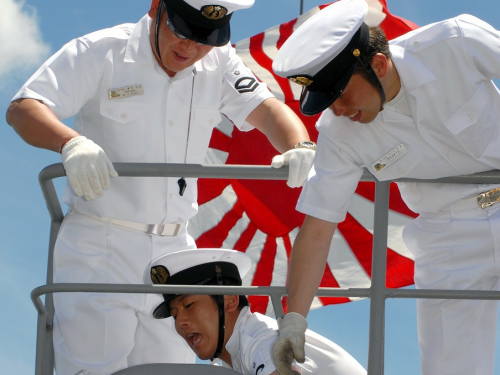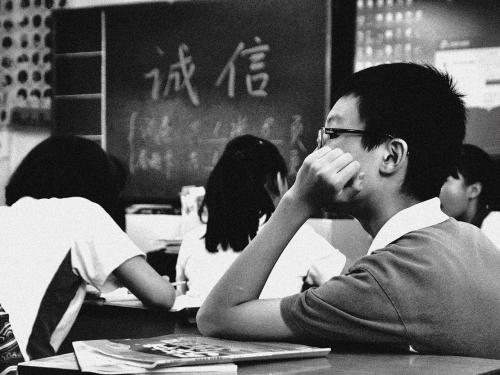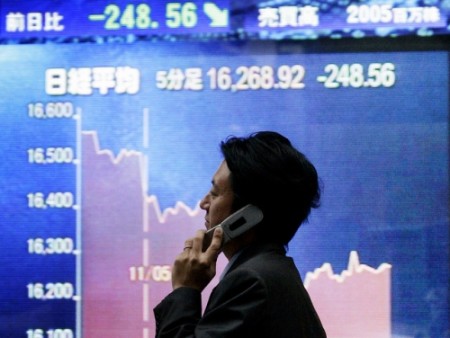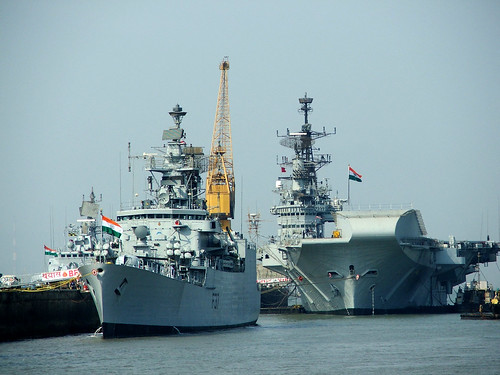
This article was originally published by Strife on 25 May 2015.
Halfway between Japan and Taiwan are the the Senkaku Islands. They are claimed by Beijing under the name Diaoyu and by Taipei with the label Diaoyutai. The islands are prime real estate from a strategic perspective. Despite rumblings to the contrary, Tokyo seems to be sticking to her policy not to deploy ground troops on these islands. This is usually portrayed as a goodwill gesture, an olive branch extended to China, showing how Japan is ready to negotiate in good faith and how she does not see a military solution as the only possible outcome of the territorial dispute over the islands between China and Taiwan. This is a view supported by the mainstream media and many observers.
But China is keeping the pressure on the islands, with constant incidents featuring coastguard (and other state) vessels and trawlers entering Japanese territorial waters around them. And there is not much evidence of any attempt by Beijing to negotiate in good faith. This is in contrast to the approach taken by Taipei, which has reached a fisheries agreement with Tokyo, a practical implementation of President Ma’s East China Sea Peace Initiative.




